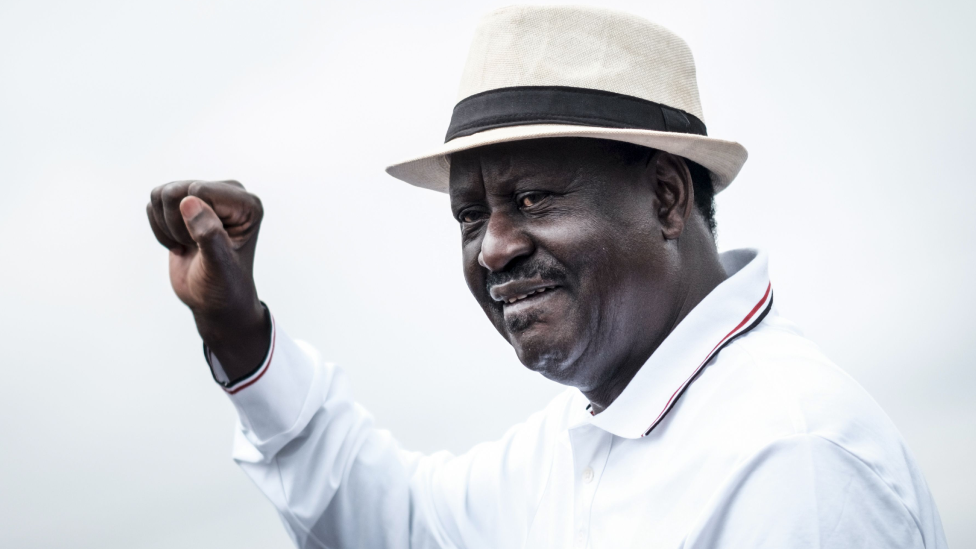
In the early 1990s, Raila Odinga emerged as a prominent figure in Kenya’s fight for multiparty democracy.
During this period, he faced repeated imprisonment without trial. Particularly in 1991, while detained in Naivasha Prison, his health deteriorated significantly.
Amnesty International and human rights organizations documented that he suffered from several ailments, including diabetes and chronic pains in his chest, back, and stomach.
Despite his calls for medical
attention, he faced inadequate treatment; vitamin and medicine shortages,
delayed tests, and generally poor prison conditions worsened his state.
This time revealed the vulnerability of political detainees
who were subjected to harsh conditions and deliberate neglect of medical care,
which impacted Odinga’s long-term health.
Further reports from that time indicate that the physical strain of detention and political activism took a toll on his health.
For
example, exposure to harmful environmental elements like cement dust during
public political events in 1990 compounded his health dangers.
In the year 2010, one of the most medically significant events in Raila Odinga’s health journey was a neurosurgical procedure to remove fluid from his brain—a subdural hematoma.
This procedure, carried out at
Nairobi Hospital, was prompted by complaints of headaches, fatigue, and
worsening neurological symptoms.
The surgery was successful and marked a critical point in
his health narrative, underscoring the serious medical interventions he has had
to endure while remaining active in his public and political roles.
In March 2021, he was hospitalized with COVID-19, a viral illness that posed serious threats worldwide.
This hospitalization came during his campaign activities for the 2022 presidential election.
Despite this, he
recovered and resumed his duties, demonstrating resilience in the face of
serious illness.
Recently, Raila Odinga experienced episodes of ill health, which led to hospitalizations and travel abroad for treatment.
His elder
brother, Senator Oburu Odinga, confirmed that Raila was recuperating in India
after a brief period of illness, putting to rest rumors of critical or terminal
conditions.
These health episodes were described as normal human ailments, with Oburu emphasizing that Raila was stable, recovering well, and would soon return to Kenya.
The Orange Democratic Movement (ODM) party also
officially dismissed rumors that had been widely circulated, accusing political
rivals of spreading misinformation to damage its image and undermine its
political influence.
The party’s secretariat and Raila’s family made deliberate efforts to maintain his privacy regarding health matters, noting that although his health is not perfect, it does not impede his activism or involvement in national unity efforts.
Despite occasional hospital visits, including complex
procedures like the brain fluid drainage in Dubai several years earlier and
minor back surgery, the overarching message from his close allies has been one
of strength and continuity.
In summary, Raila Odinga’s health journey over the past
three and a half decades mirrors the physical and emotional toll of a life
dedicated to public service amidst political adversity.










![[PHOTOS] Elgeyo Marakwet landslide victims arrive in Eldoret for care](/_next/image?url=https%3A%2F%2Fcdn.radioafrica.digital%2Fimage%2F2025%2F11%2F425460d9-7ff1-4975-8a1f-cd0aaefb7812.jpg&w=3840&q=100)

